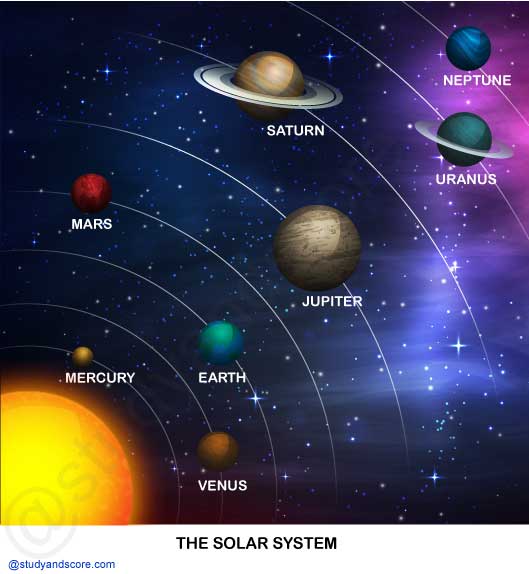
My Very Efficient Mother Just Showed Us Nine Planets.
Mercury, Venus, Earth, Mars, Jupiter, Saturn, Uranus, Neptune, Pluto
Link to Solutions on this topic
Hope you have liked this post.
Please share it with your friends through below links.
All the very best from Team Studyandscore
“Study well, Score more…”
- Share with your friends! -
Login to post your comment here...
- or with social Account -